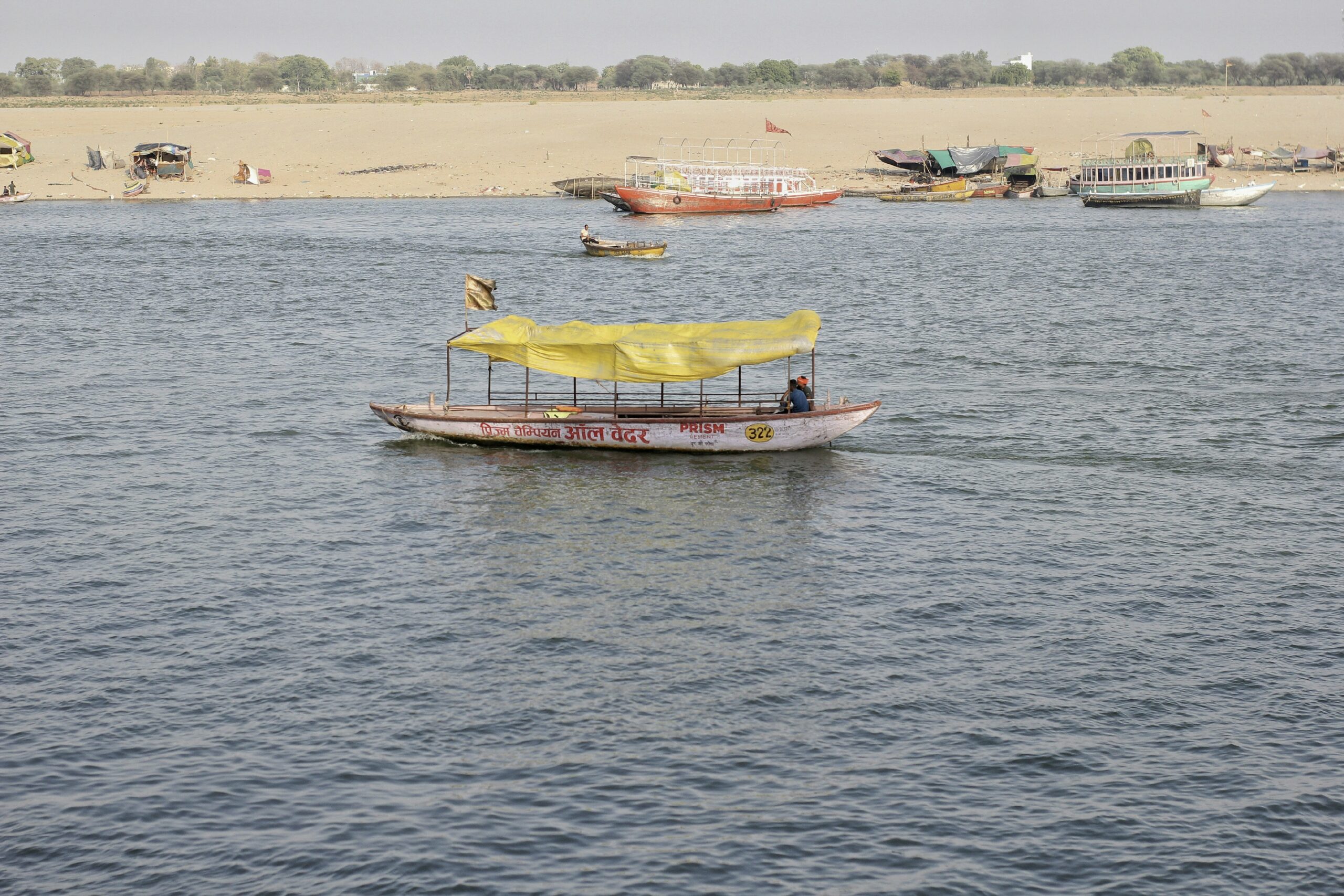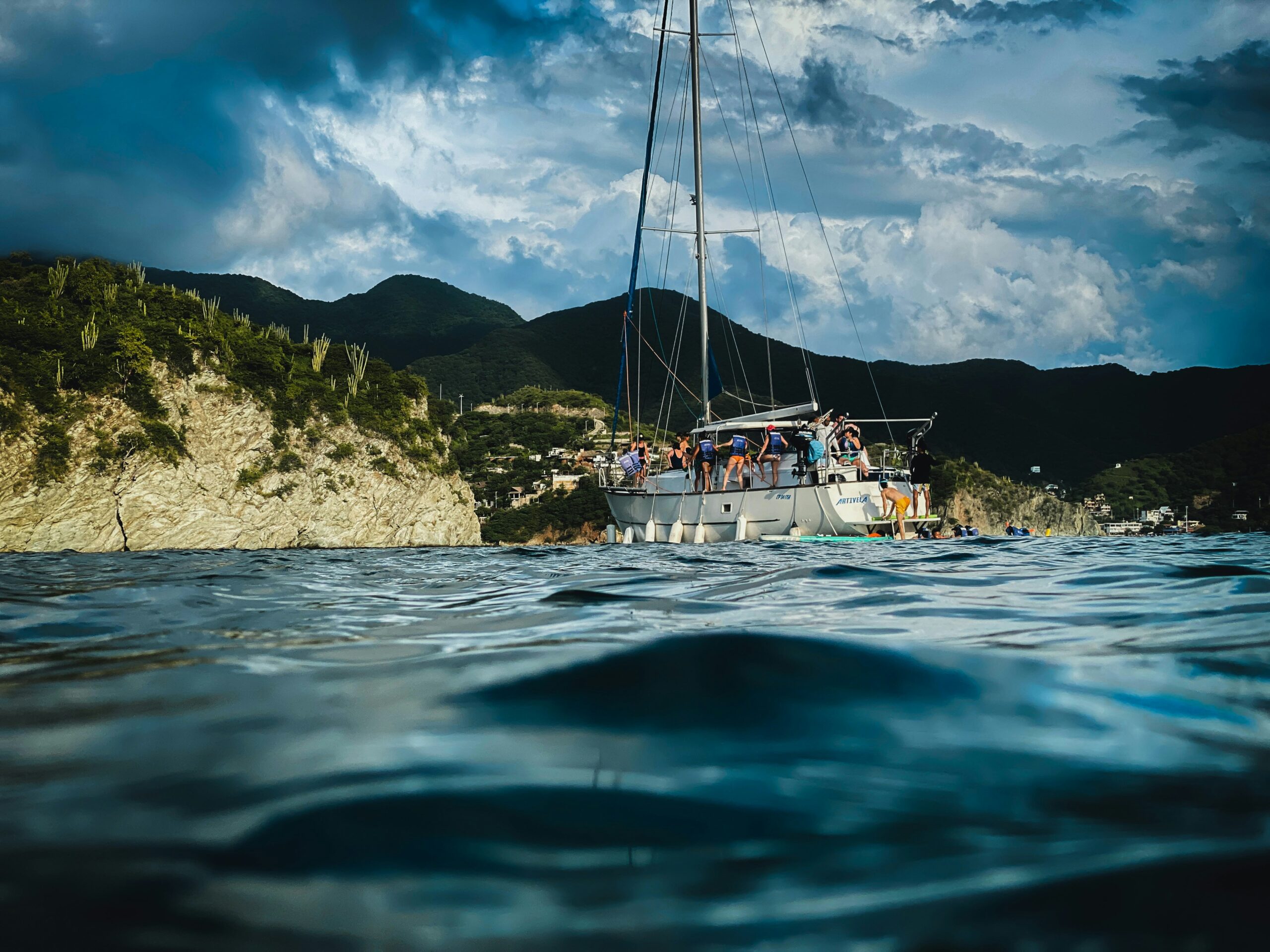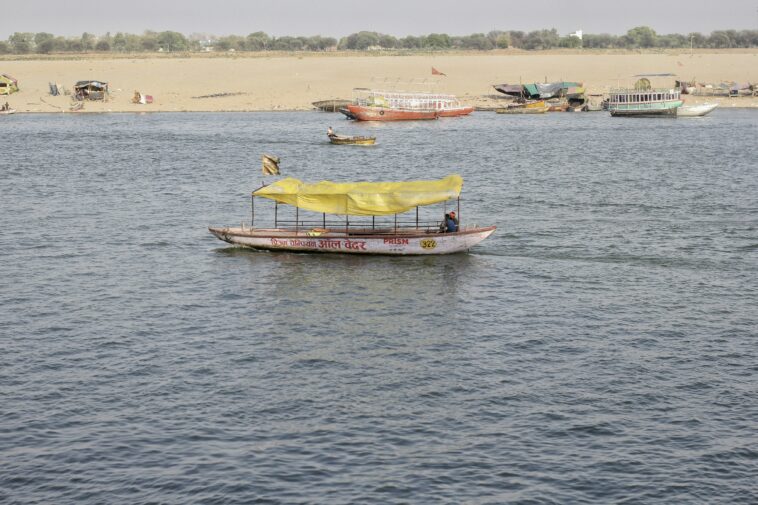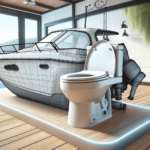What Is Belly Boating?
Belly boating is a unique and exciting way to fish or float on the water. This method involves sitting in a small, inflatable watercraft, typically a float tube, and propelling yourself using your legs. It’s a popular pastime among anglers and outdoor enthusiasts looking for a different way to enjoy the water.

History of Belly Boating
Belly boating has been around for decades, with early versions of float tubes dating back to the 1920s. Originally used by fishermen in California to access remote fishing spots, belly boating has since evolved into a recreational activity enjoyed by people all over the world.
The Evolution of Belly Boats
Belly boats have come a long way since their inception, with modern versions featuring lightweight materials, durable construction, and added amenities like storage pockets and rod holders. Today, belly boating has become a versatile and accessible water-based activity suitable for everyone from beginners to experienced anglers.
Types of Belly Boats
There are various types of belly boats available on the market, each designed to cater to different needs and preferences. From basic inflatable tubes to more advanced pontoon-style boats, there is a belly boat for every water enthusiast.
Float Tubes
Float tubes are the most common type of belly boat and are ideal for solo anglers looking for minimal gear and easy portability. They are lightweight, easy to inflate and deflate, and provide a comfortable seating position for long hours on the water.
Pontoon-style Boats
Pontoon-style boats are larger and more stable than traditional float tubes, featuring two inflatable pontoons connected by a frame. These boats offer more storage space, greater stability in rough waters, and the ability to attach a small motor for propulsion.
Belly Boating Equipment
Before heading out on the water in your belly boat, it’s essential to have the right equipment to ensure a safe and enjoyable experience. From float tubes to fishing gear, here is a list of essential equipment for belly boating.
Float Tube
The most important piece of equipment for belly boating is, of course, the float tube itself. Choose a float tube that is sturdy, comfortable, and suitable for the type of water you plan to navigate. Ensure that it is easy to inflate and deflate for convenient transportation.
Fins
Fins are essential for propelling yourself in the water while belly boating. Invest in a pair of durable and adjustable fins that provide the right amount of propulsion without causing fatigue. Fins come in various styles, including open-heel and closed-heel designs, so choose the one that best suits your preferences.
Personal Floatation Device (PFD)
Safety should always come first when engaging in water-based activities like belly boating. A Personal Floatation Device (PFD) is essential for ensuring your safety in case of an emergency. Choose a high-quality PFD that fits snugly and provides adequate buoyancy.
Fishing Gear
If you plan on fishing while belly boating, you’ll need to bring along the necessary fishing gear. This includes a fishing rod, tackle box, bait, and any other fishing equipment you may need. Consider using a rod holder attachment on your belly boat for convenient storage and easy access to your fishing rod.
Tips for Belly Boating
Belly boating may seem simple, but there are some tips and tricks to make your experience more enjoyable and successful. From choosing the right location to mastering your paddling technique, here are some tips for belly boating like a pro.
Choose the Right Location
When selecting a location for belly boating, consider factors such as water depth, current strength, and ease of access. Look for calm, shallow waters with minimal boat traffic for a relaxing and safe experience. Research local water bodies and check for any regulations or restrictions that may apply.
Master Your Paddling Technique
Propelling yourself in a float tube requires the right paddling technique to move efficiently and avoid fatigue. Use your legs to kick in a flutter-like motion, alternating between long and short kicks for optimal speed and control. Practice your paddling technique in calm waters before venturing into more challenging environments.
Stay Hydrated and Protected
Spending hours on the water under the sun can lead to dehydration and sunburn, so it’s essential to stay hydrated and protected while belly boating. Bring plenty of water, wear sunscreen, a hat, and sunglasses, and consider investing in a lightweight sun shirt to protect your skin from harmful UV rays.

Benefits of Belly Boating
Belly boating offers numerous benefits for both physical and mental well-being, making it an ideal activity for relaxation and recreation. From enhancing your fishing experience to improving your cardiovascular health, here are some of the benefits of belly boating.
Low-Impact Exercise
Belly boating is a low-impact exercise that engages your lower body muscles while providing a gentle cardiovascular workout. It’s a great way to stay active and build endurance without putting strain on your joints, making it suitable for people of all fitness levels.
Stress Relief
Spending time on the water surrounded by nature can be a therapeutic experience, helping to relieve stress and anxiety. Belly boating allows you to disconnect from the hustle and bustle of daily life, providing a calming and meditative environment to recharge and unwind.
Improved Fishing Experience
For fishing enthusiasts, belly boating offers a unique and immersive fishing experience that traditional boats or shore fishing cannot replicate. By getting up close to the fish in shallow waters, you can enjoy a more intimate and rewarding fishing experience while exploring new fishing spots.
Safety Tips for Belly Boating
Safety should always be a top priority when engaging in water-related activities like belly boating. By following these safety tips, you can ensure a safe and enjoyable experience on the water.
Always Wear a Personal Floatation Device (PFD)
Wearing a Personal Floatation Device (PFD) is crucial for staying safe while belly boating, especially if you are not a strong swimmer. Make sure your PFD fits properly and is U.S. Coast Guard-approved for maximum safety in case of an emergency.
Check Weather Conditions
Before heading out on the water, check the weather forecast and current conditions to avoid unexpected storms or rough waters. Postpone your belly boating trip if there are high winds, thunderstorms, or other hazardous weather conditions that could pose a risk to your safety.
Inform Someone of Your Plans
Always inform a friend or family member of your belly boating plans, including where you will be going and when you expect to return. In case of an emergency or unexpected delay, having someone aware of your whereabouts can expedite a search and rescue operation.
Conclusion
In conclusion, belly boating is a fun and rewarding way to enjoy the water while engaging in fishing or recreational activities. With the right equipment, safety precautions, and paddling technique, you can experience the thrill of belly boating in various water environments. Whether you’re a seasoned angler or a beginner looking to try something new, belly boating offers an exciting and unique perspective on water-based adventures. So grab your float tube, fins, and fishing gear, and hit the water for an unforgettable belly boating experience!






